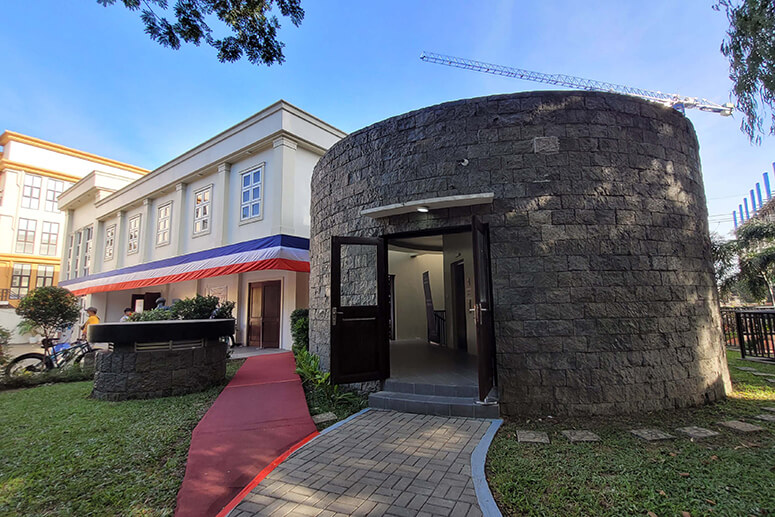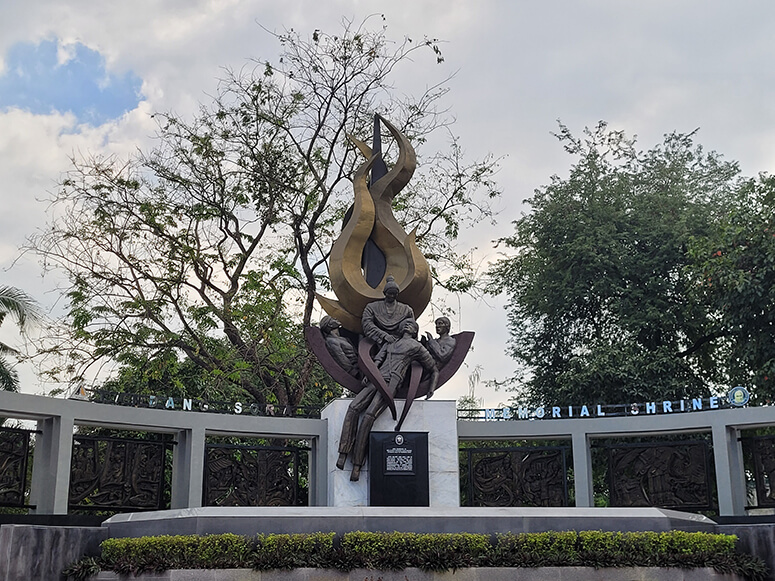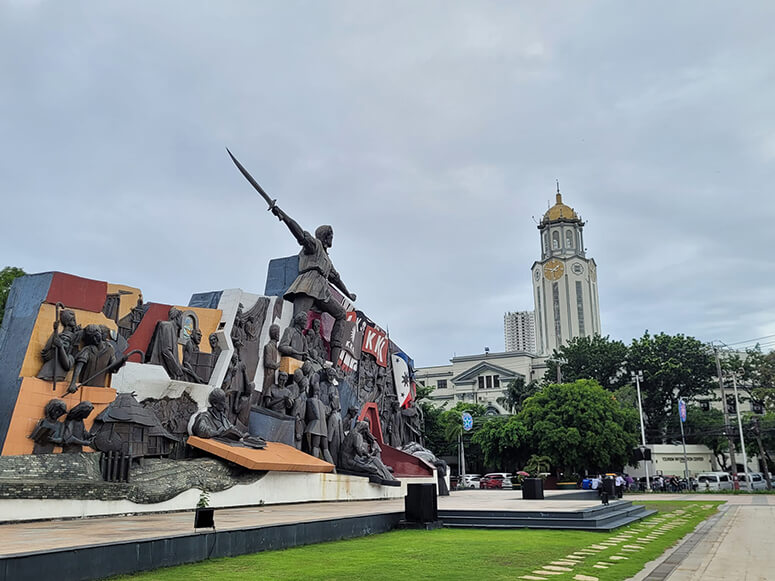As the Philippines celebrates its 127th Independence Day on June 12, why not take the time to honor the nation’s history by exploring significant landmarks and monuments where Philippine history was made?
While the Aguinaldo Shrine and Museum in Cavite and Barasaoin Church in Bulacan are the most iconic landmarks associated with the Declaration of Philippine Independence, you don’t have to go far from the city to learn about our country’s history. You can find several meaningful sites that shed light on the country’s fight for freedom within Metro Manila.
Museo El Deposito and Museo ng Katipunan, Pinaglabanan Shrine
The Pinaglabanan Memorial Shrine in San Juan marks the site of the first battle of the Philippine Revolution in 1896, led by Andres Bonifacio. Katipunan forces aimed to seize El Deposito and El Polvorín—succeeding in the latter but ultimately losing the battle.

Today, visitors can walk through part of El Deposito’s underground reservoir and explore its history at Museo El Deposito. Nearby, Museo ng Katipunan showcases artifacts from the revolution, including cedulas, amulets, medals, and weapons.
Museo El Deposito and Museo ng Katipunan, Pinaglabanan Memorial Shrine, San Juan City. Open from Tuesday to Sunday from 9:00 am to 4:00 pm. Admission is free to the public.

Tandang Sora Women’s Museum
The Tandang Sora Women’s Museum in Quezon City, which opened earlier this year, highlights the role of Melchora Aquino (known as Tandang Sora), a key figure during the Philippine Revolution. Tandang Sora provided shelter, medical care, and other support to Katipunan revolutionaries.

The Tandang Sora Women’s Museum is located next to the Tandang Sora National Shrine, a national monument and memorial park in a quiet area of Quezon City.
Tandang Sora Women’s Museum, Tandang Sora National Shrine, Banlat Road, Quezon City. Open from Tuesday – Sunday from 9:00 am to 4:00 pm. Admission is free for Quezon City residents, PWDs, and senior citizens (valid ID required).
The Bonifacio and the Katipunan Revolution Monument
Many monuments dedicated to Andres Bonifacio exist around the country, but one of the most striking is the Bonifacio Shrine, also known as the Bonifacio and the Katipunan Revolution Monument. The shrine depicts the life of Andres Bonifacio from his childhood until his role as a leader of the revolution.

While this landmark designed by Filipino sculptor Eduardo Castrillo has been around for years, the area was cleaned up and restored. Visitors can now find a musical dancing fountain installed in front of the shrine and a cafe called Kapetolyo.
If you’re already in the area, you can also visit the Manila Clock Tower Museum, located within the grounds of Manila City Hall very near the Bonifacio Shrine.
Manila Clock Tower Museum, Manila City Hall, Ermita, Manila. Open Tuesday to Sunday, 9:00 pm – 3:00 pm. Admission costs P100 for adults, and P50 for 12 years old and below. Free for PWDS, senior citizens, and students from Manila schools on educational field trips.
The Andres Bonifacio Monument
The Andres Bonifacio Monument, commonly known as the Bonifacio Monument or Monumento, is a memorial in Caloocan designed by National Artist Guillermo Tolentino to commemorate the Philippine revolutionary Supremo.
The monument stands 13.7 m (45 ft) high with symbolic images and other features known as the “Cry of Balintawak.”
While you can spot the monument from afar, if you want to get up close to the marker, the heritage advocacy group Renacimiento Manila offers guided tours to heritage spots around the city.
Bonifacio Monument, 596 Monumento Cir, Rotonda, Caloocan City, 1401 Metro Manila
These museums and monuments are just a few historic spots around the city that can help deepen our appreciation for the heroes and heritage that continue to shape the Filipino identity.
